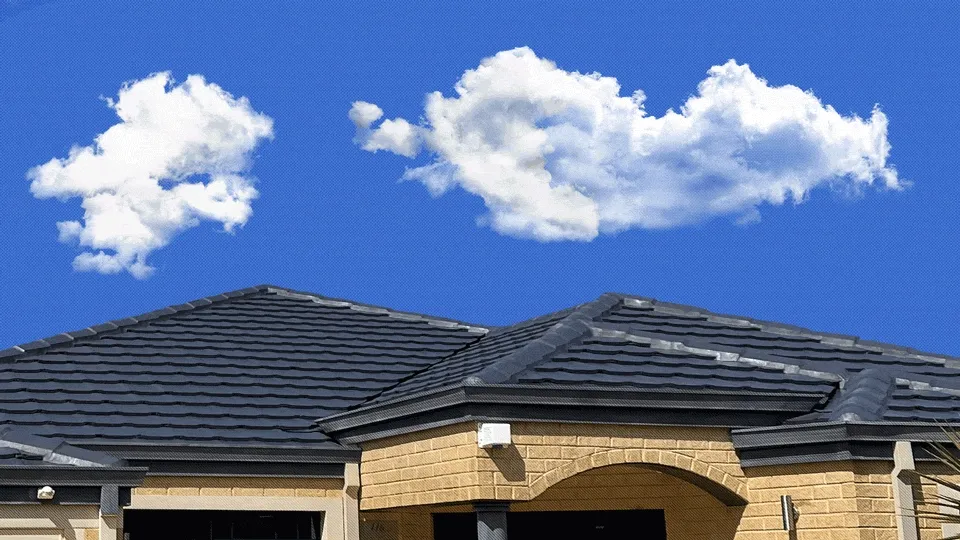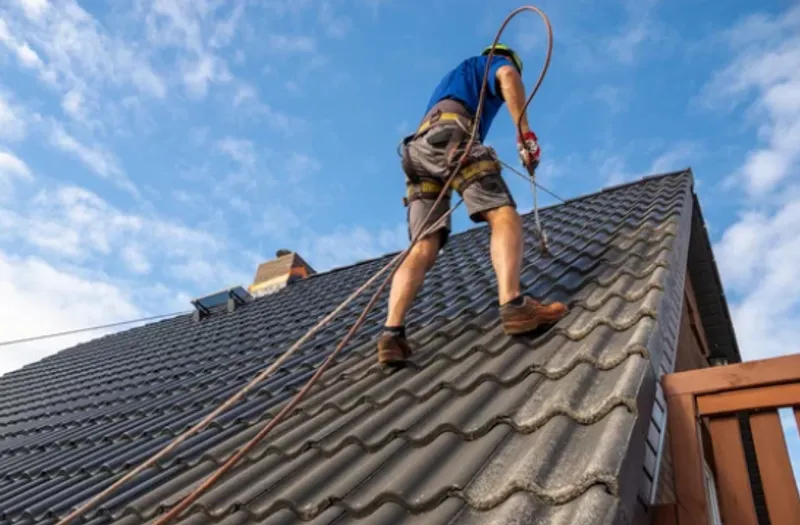


Essential Roof Safety Practices for Homeowners
Learn about crucial roof safety practices to protect yourself when inspecting or performing maintenance on your roof.
by Roof Restorers Perth
Sat Oct 07 2023
3 min read
Your roof is one of the most critical components of your home, and it requires regular maintenance to stay in top shape. Whether you’re performing a simple inspection, cleaning gutters, or conducting minor repairs, it’s essential to prioritize roof safety. In this article, we’ll discuss some essential roof safety practices for homeowners to ensure that you stay safe when working on your roof.
Before you even step on a ladder, ensure you’re equipped with the necessary safety gear. This includes:
Always use appropriate tools and equipment when working on your roof. The key equipment includes:
Before you start working on your roof, plan your tasks and assess the risks. Consider the following:
When climbing up or down a ladder, always maintain three points of contact. This means two hands and one foot or one hand and two feet should be on the ladder at all times. Avoid carrying heavy tools while climbing the ladder.
Whenever possible, have someone with you when working on the roof. They can assist in case of emergencies and provide valuable support.
Be cautious when walking on the roof. Walk on structural supports, like roof joists, and avoid walking on fragile areas. Never step on skylights or other fragile materials.
Ensure your ladder is set on a stable and level surface. Use ladder levelers on uneven ground. Have someone hold the ladder while you’re climbing.
Working on the roof can be physically demanding. Take regular breaks to rest and hydrate, especially on hot days.
Be aware of overhead power lines and keep your tools and equipment clear of these hazards.
If you’re not comfortable with roof work, consider hiring a professional roofing company. They have the experience and equipment to perform tasks safely.
Roof safety is non-negotiable when it comes to maintaining your home. By following these essential roof safety practices, you can protect yourself from accidents and injuries while ensuring that your roof remains in good condition. Always prioritize safety, and if a roofing task feels too risky, it’s best to seek professional assistance to keep your roof and yourself in top shape.